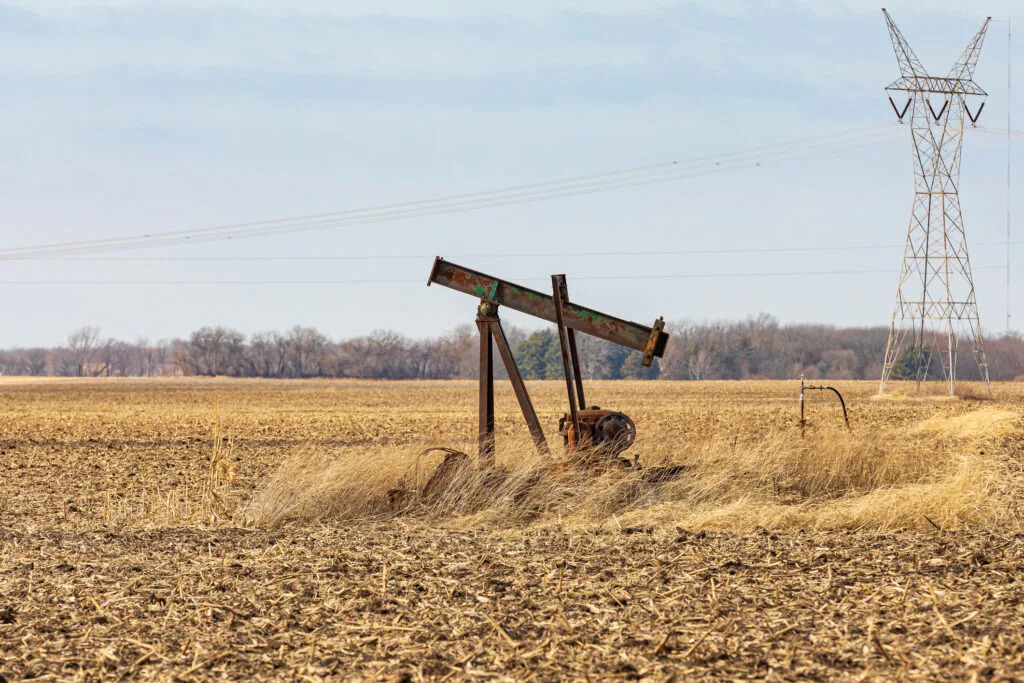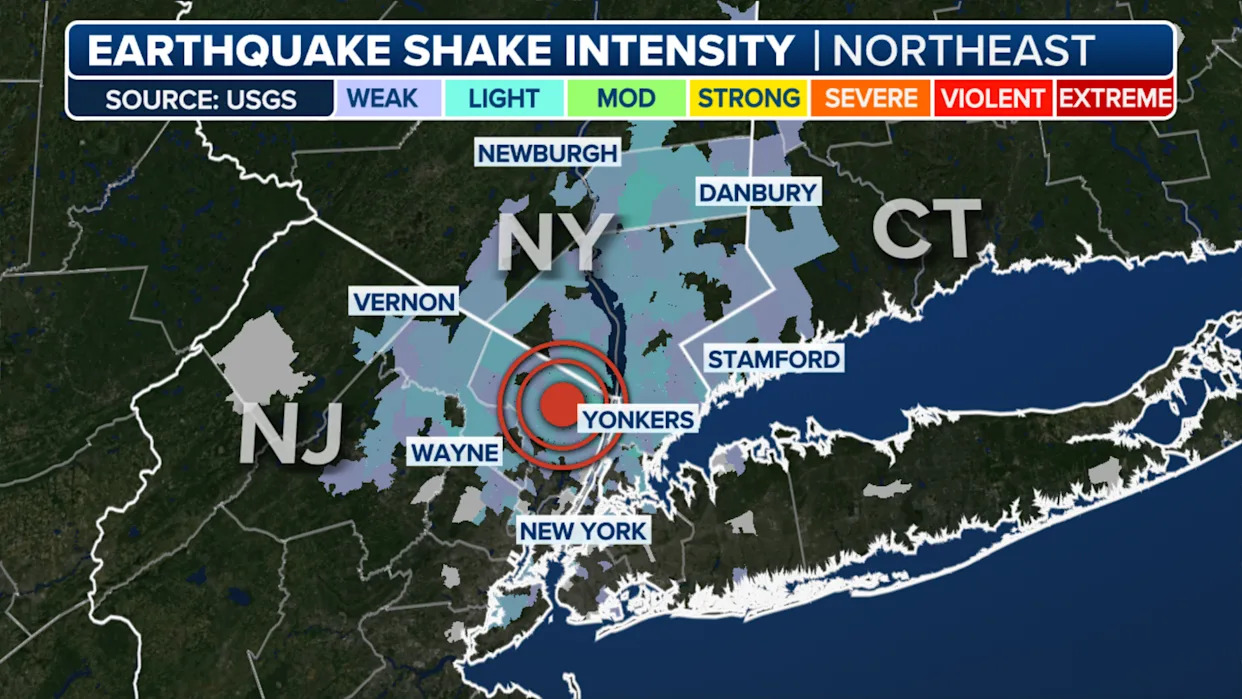
Stock Getty Image of an orphaned oil well.
Ohio’s Orphan Well Program has plugged approximately 2,300 abandoned wells since its inception in 1977.
An orphan well is an abandoned oil and gas well that has no owner, meaning no one is able to properly plug the well. Many of these wells are more than 100 years old and the original owner has died, companies have gone out of business or records are incomplete.
“Every orphan well, over time, could create an environmental public health and safety risk,” said Eric Vendel, chief of Ohio’s Division of Oil and Gas Resources Management. “We didn’t create the problem, but we’re here to address the problem.”
Orphan wells can emit methane into the air and contaminate water, said Rural Action Watershed Program Director Nate Schlater.
“There’s also a lot of instances where oil and gas are actually coming into the groundwater below the surface because the well casing has been damaged or has broken below the surface and there’s water being contaminated by it,” Schlater said. “There are areas where wells and aquifers have been contaminated in Ohio from orphaned and abandoned gas wells.”
An Ohio law was enacted in 2018 that requires the Ohio Department of Natural Resources to spend 30% of the state’s Oil and Gas Well Fund on plugging orphan wells. Before the law went into effect, ODNR had to spend only 14% of their budget on plugging wells.
This has led to an increase in orphan well plugging, and more than 1,200 wells have been plugged since 2020.
The number of wells plugged in Ohio in recent years, according to ODNR.
2024: 411
2023: 323
2022: 176
2021: 144
2020: 150
2019: 92
Licking County had the most wells plugged in 2023 with 29, followed by Medina County with 27, according to the Division of Oil and Gas Resources Management.
Ohio has more than 20,000 documented orphan wells, but there’s likely thousands more, Vendel said. Orphan wells have been found all across the state under buildings, houses, streets, lawns, farms, and fields.
The Bipartisan Infrastructure Law was enacted at the federal level in November 2021 which is expected to make Ohio eligible for up to $326 million by 2030 to plug orphan wells on state and private lands. Ohio’s Orphan Well Program received an initial grant for $25 million in October 2022 and another grant for $57.7 million in July 2023.
There’s a few different ways the Ohio Department of Natural Resources Division of Oil and Gas Resources Management finds orphan wells. The state has data on potential orphan well locations and people can notify ODNR if they think there’s an orphan well on their property. ODNR also has been using drones to locate orphan wells.
“We’re flying drones that have a sophisticated metal detector on the bottom of them, where we’re finding metal signatures buried beneath the ground, and then we’ll go out and we have to dig where those signatures are to determine that indeed it is (an orphan well),” Vendel said.
Once a potential orphan well is located, the Division of Oil and Gas Resources Management must determine whether it truly is abandoned by looking through property records to verify the well has no legal owner or the owner is unknown, dead, or cannot be located. Orphan wells are scored on a risk basis and the highest risk wells are plugged first.
“Once we find orphan wells, we can find all kinds of stuff thrown down them, like cannonballs,” Vendel said. “We found braided steel wire. I heard some of our team saying they found stuffed animals. People just think it’s a trash pit.”
Back in the late 1800s and early 1900s, people thought plugging wells with trees and cannonballs was the right thing to do, Vendel said.
“If you think about it, you get the right diameter tree, it fits right in there,” he said. “It seals it up, but they rot.”
All obstructions in the well need to be cleaned out when it comes time to properly plug it.
“You put cement down the well to isolate certain geological formations to keep the gas and the fluids where they are supposed to be,” Vendel said.
The Division of Oil and Gas Resources Management awards a contract to a qualified bidder who has experience in oil and gas well drilling and plugging.
The actual plugging process could take anywhere from one day to six weeks, with one to two weeks being the average, according to ODNR.
Follow OCJ Reporter Megan Henry on Bluesky.








Comments